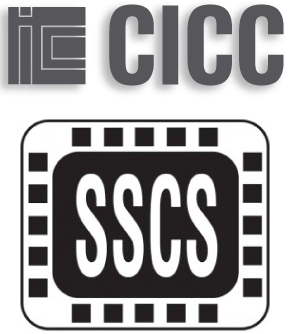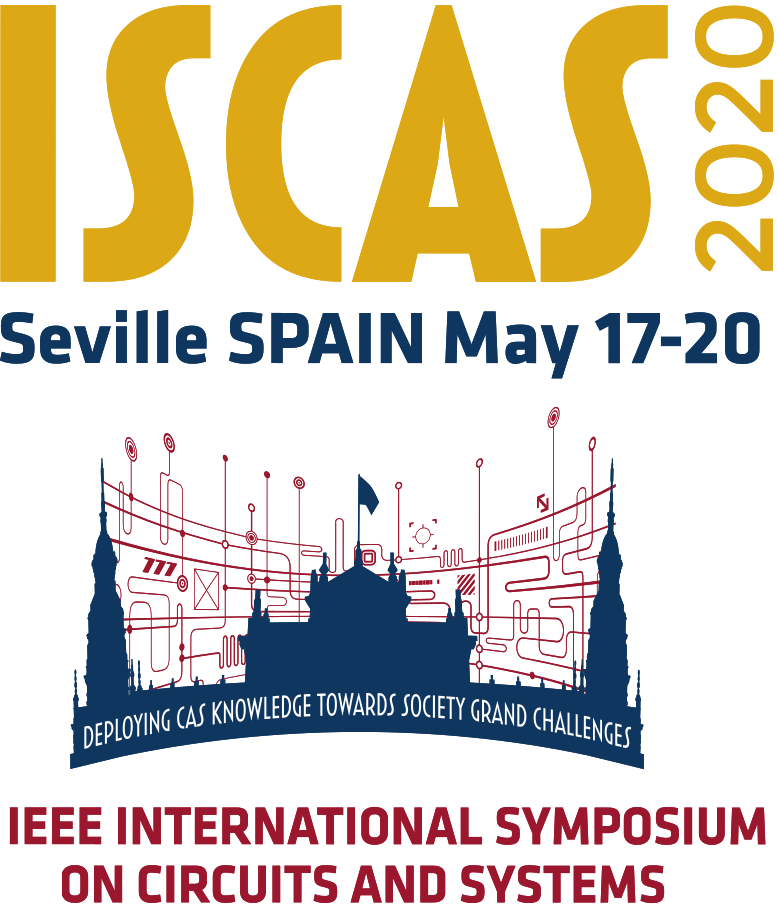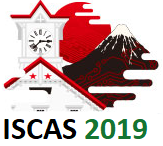IEEE CICC 2021
- A 24-Channel Neurostimulator IC with One-Shot Impedance-Adaptive Channel-Specific Charge Balancing
- Authors: Fatemeh Eshaghi, Esmaeil Najafiaghdam, Hossein Kassiri
- Conference date: April 25-30, 2021
- Conference: IEEE Custom Integrated Circuits Conference
- Abstract:Thanks to their precise control of spatial (µC/cm2) and temporal (nC/ms) density of charge injection to the living tissue, current-mode drivers have been the most popular front-end circuit for conducting safe and charge-neutral neuro-stimulation of the brain. However, due to the lack of control on their high-impedance output node’s voltage, these drivers are vulnerable to residual charge accumulation caused by anodic-cathodic mismatch. Even with no systemic mismatch, imbalanced electrochemical reactions (oxidation and reduction) at the electrode-tissue interface could lead to charge accumulation, which in long term, causes electrode corrosion and neural damage [1]. Several passive and active methods have been proposed in the literature to address this issue (Fig. 1(a)). However, their performance is limited due to being either non-scalable (off-chip blocking capacitors), causing unintended stimulation (shorting, high-amplitude pulse insertion), or imposing significant time constraints on the rest period (current-controlled shorting, low-intensity pulse insertion, gradual phase control), hence, limiting the maximum frequency of stimulation. In this work, we present a 24-channel neurostimulator with a charge balancing technique that imposes no timing limitation, offers programmable tolerance to residual charge accumulation, and is safe to unintended stimulation.








